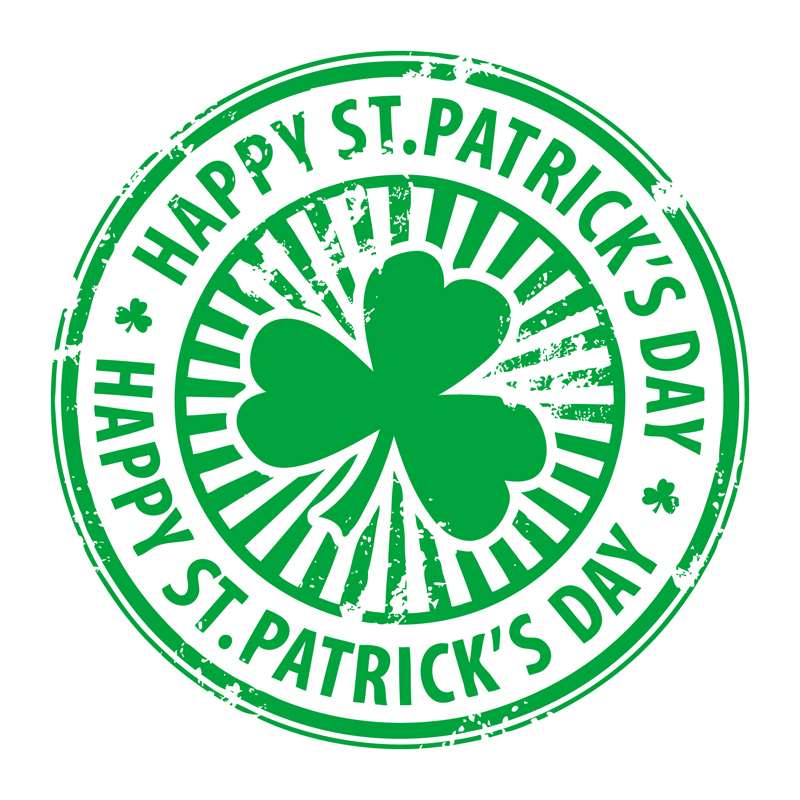Agriculture is a very important industry on the Emerald Isle.
According to the Irish Food Board:
- The agri-food and drink sector accounts for 12.3 per cent of the country’s exports and 8.6 per cent of total employment,
- Ireland’s Gross Agricultural Output (GAO) in 2014 totaled €7.12 billion (USD$7.5 billion),
- Beef production accounted almost 40 per cent of the GAO production. Dairy farmers were responsible for almost 30 per cent of Ireland’s GAO,
- As of 2011, there were 139,860 family farms in Ireland with an average size of 32.7 hectares (80 acres), and
- 81 per cent of agricultural land is devoted to pasture, hay and silage, 11 per cent to rough grazing, and 8 per cent to crops, fruit and horticulture production.

Cereal production in Ireland increased by 1.4 per cent in 2015.
Production of the three main cereals (wheat, oats and barley) increased by 36,000 tonnes to 2,634,000 tonnes in 2015, according to the Central Statistics Office (CSO).
In 2015, Ireland had a 61.3 per cent increase in spring wheat production, a 4.3 per cent increase in potato yield to 42.3 tonnes per acre and a 16.7 per cent increase in oilseed rape production in 2015, according to the CSO.
Importing Irish goods
In 2014, Canada imported more than $164 million worth of agri-food products from Ireland. The top five were:
- Liqueur and cordials ($66 million CAD)
- Beer made from malt ($34 million)
- Whiskies ($13 million)
- Food preparations for infants ($12 million)
- Chocolate in blocks > 2 kilograms (4 million)
So why is St. Patrick’s Day celebrated anyway?
St. Patrick is responsible for using shamrocks to explain the Holy Trinity (Father, Son and Holy Ghost) to the pagans and bringing Christianity to Ireland; this feat is sometimes described as St. Patrick driving the snakes out of Ireland.
St. Patrick’s Day is celebrated on March 17 as that’s the storied date of his death.